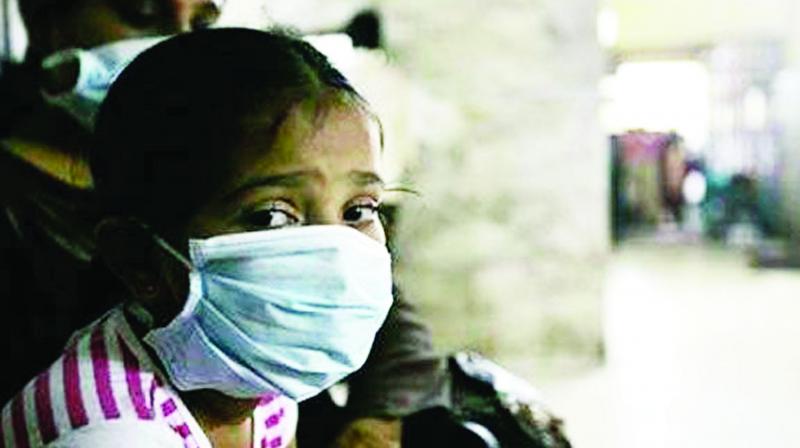Swine flu may cause type 1 diabetes in children

London: Infection with H1N1 influenza – also known as swine flu - may put people, particularly children, at greater risk of developing type 1 diabetes, a study suggests.
The study found that Norwegians aged 30 or younger who were infected with the H1N1 influenza virus, or hospitalised with influenza, during the 2009-2010 pandemic were twice as likely to go on to develop type 1 diabetes (T1D) than the general population.
T1D is a chronic autoimmune disease in which the immune system destroys the cells needed to control blood-sugar levels.
More than 65,000 new cases of type 1 diabetes are diagnosed worldwide annually. Yet the exact cause of T1D is not clear, researchers at Norwegian Institute of Public Health in Norway said.
People inherit a genetic susceptibility to the condition, but an environmental trigger is also needed for it to appear.
Viral infections may provide that trigger.
Infection with H1N1 influenza has previously been linked with the development of autoimmune disorders including narcolepsy.
In the new study, Paz Lopez-Doriga Ruiz and colleagues analysed health registries of the whole Norwegian population aged 30 years and under between June 2009 (when a wave of pandemic influenza H1N1 spread across Norway) and June 2014, to investigate whether pandemic influenza diagnosis is linked with increased risk of T1D.
Following the 2009 pandemic, 2,376 individuals were diagnosed with T1D, researchers found.
Those who reported influenza-like illness during the pandemic were 18 per cent more likely to subsequently be diagnosed with T1D than those who did not have influenza.
This association was even stronger in children aged 15 years or younger - who had a 25 per cent increased chance of developing type T1D.
Results also showed that Norwegians with laboratory confirmed H1N1 influenza, or who were hospitalised with an influenza diagnosis during the pandemic season had a doubled risk of later developing type 1 diabetes compared to the general Norwegian population, researchers said.
In contrast, those diagnosed with influenza-like illness in primary care were not at significantly increased risk of developing T1D, they said.
Researchers, including those from Oslo University Hospital, Norway, said this is because of two factors: these cases were less serious, and not all of them were the H1N1 variety of influenza.
"This study may support the hypothesis that respiratory infections can contribute to the development of type 1 diabetes, due to stress and inflammation in predisposed individuals," researchers said.

